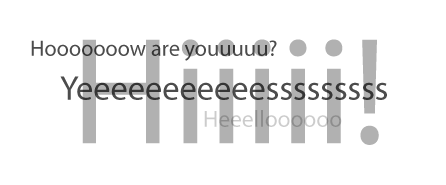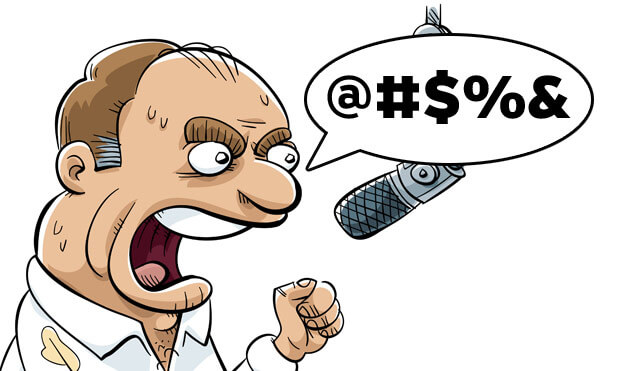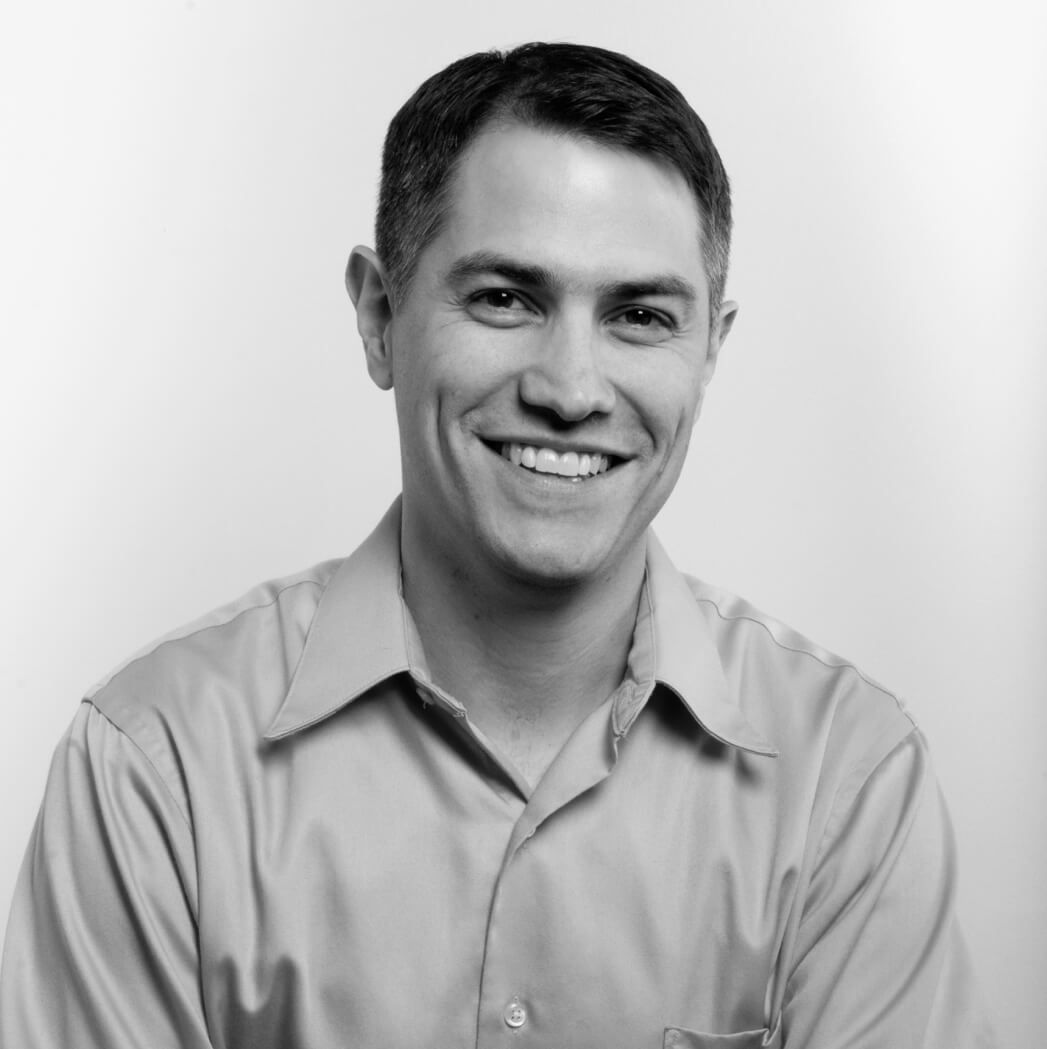The fifth in a series of posts about the finer points of profanity filtering...

One of the more sophisticated attacks that users employ against profanity filters involves inserting separators, such as spaces or periods, between the other characters of a word so that the word can still easily be read.
The following examples illustrate how the simple process of inserting additional non-alphabetic characters between the characters of the word does not interfere with the reader's ability to identify the word correctly:
- s.......m.....u.....r......f
- s m u r f
- s....m u r....f
-
I'm going to smash it (false positive!)
It might be difficult to see the profanity in #4, but if you look at the last 4 characters on their own, you'll see it.
Continue reading →
The fourth in a series of posts about the finer points of profanity filtering...

Repeat characters is another commonly used filter attack that involves the simple repetition of characters in a word. This straightforward tactic still fools many profanity filters, most of which are not designed to ignore multiple instances of the same character:
- heeeeeeeeeeellllllllllllooooooooooooo
CleanSpeak's Profanity Filter is capable of detecting this type of filter attack and will correctly and automatically identify words regardless of the use of repeated characters.
Further Reading:
Profanity Filtering 101: The Grawlix
Profanity Filtering 101: Character Replacements & Leet Speak
Profanity Filtering 101: Phonetics
Continue reading →
The third in a series of posts about the finer points of profanity filtering...

Phonetic replacement is the process of replacing characters with other alphabetic characters (or removing unnecessary characters) while still retaining the phonetic structure of the word. This tactic is often used to attack filters that do not understand phonetics:
- Teech me guitar
- Attak the main castle gate
Example #1 is a simple character swap of an "a" to an "e" that still retains the same phonetic structure of the word and allows the reader to infer the original word.
Example #2, on the other hand, is an example of character collapsing. In this example the “ck” in the word “Attack” has been collapsed to a single “k” character.
Continue reading →
The second in a series of posts about the finer points of profanity filtering...
Character replacement is the process of replacing certain characters with others, usually symbols, that look the same or similar. This is a popular method, often referred to as Leet or "L33t" speak, used to attack traditional content and profanity filters that ignore or don't play well with non-alphabetic characters. Some examples...
- $ally is my neighbor
- |)on't be a menace
- |<nive$ can be dangerous
- \/\/hat are you doing?
Examples #2, #3 and #4 illustrate a user using multiple characters to replace a single character. #2 is using the “|” (pipe) character and the “)” (right-parenthesis) character to create a capital “D” character. #4 is using a combination of forward and backward slashes to create a capital “W” character. Example #3 goes a step further. It is replacing two different characters in the text. Both the “K” and “S” characters are being replaced.
Continue reading →

The first in a series of posts about the finer points of profanity filtering...
You've seen it all over the @#$%&! place, but probably didn't know that this ubiquitous string of characters has a name that was coined almost 50 years ago by cartoonist Mort Walker, the creator of "Beetle Bailey" and "Hi and Lois."
"Grawlixes" is one of a series of great words (Agitrons, Blurgits, Plewds, Farkles, Digitrons, and many more...) that Walker invented to describe the devices cartoonists employ to convey specific types of information in their comic strips. Loudly used to express obscenities right in the middle of the family oriented funny pages, the Grawlix reigns as the grandaddy of all profanity filtering options and practically defines the category of "replacement characters," a topic we'll explore in more detail in an upcoming post.
Learn more about Grawlixes online at:
Continue reading →




